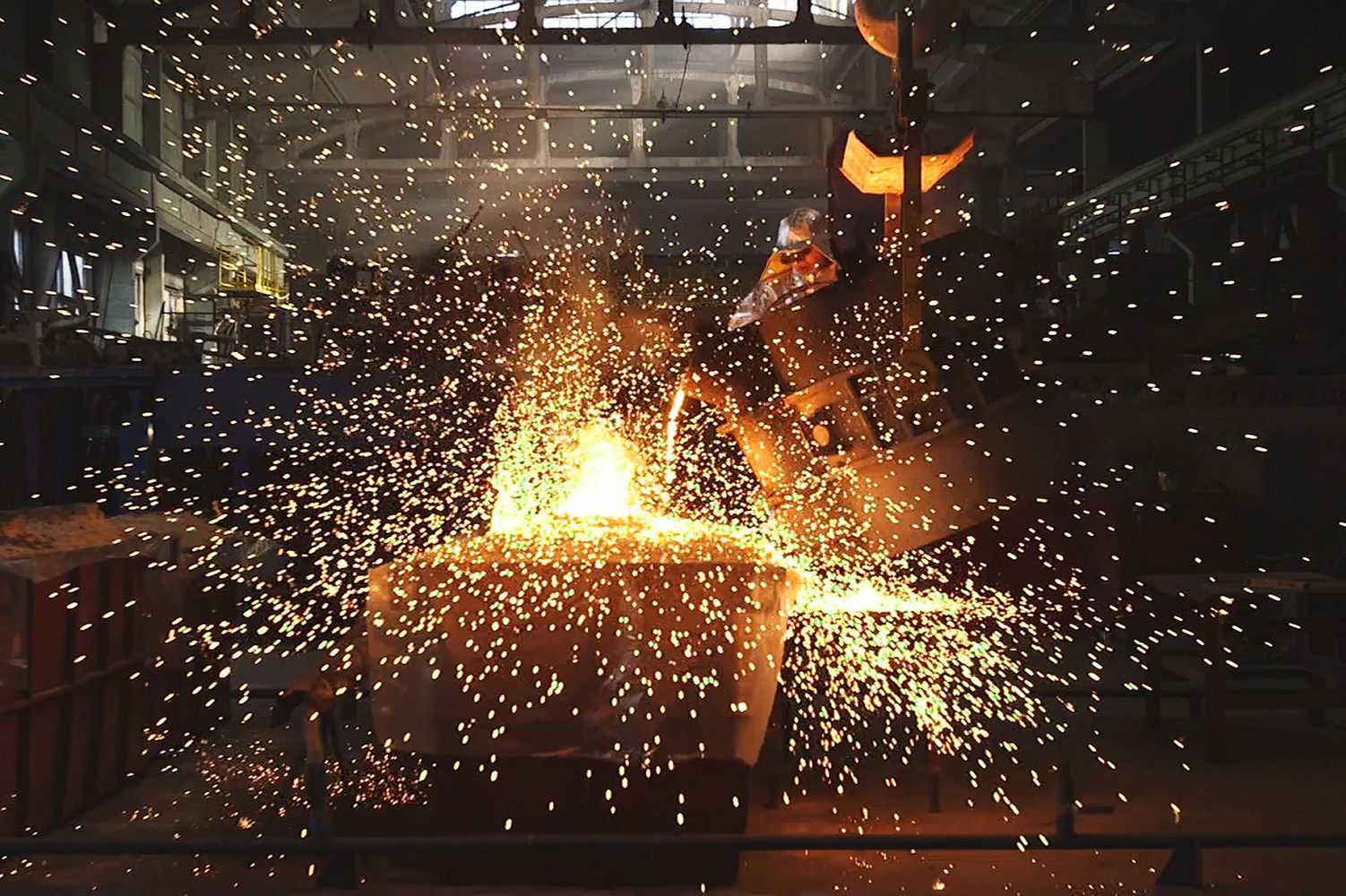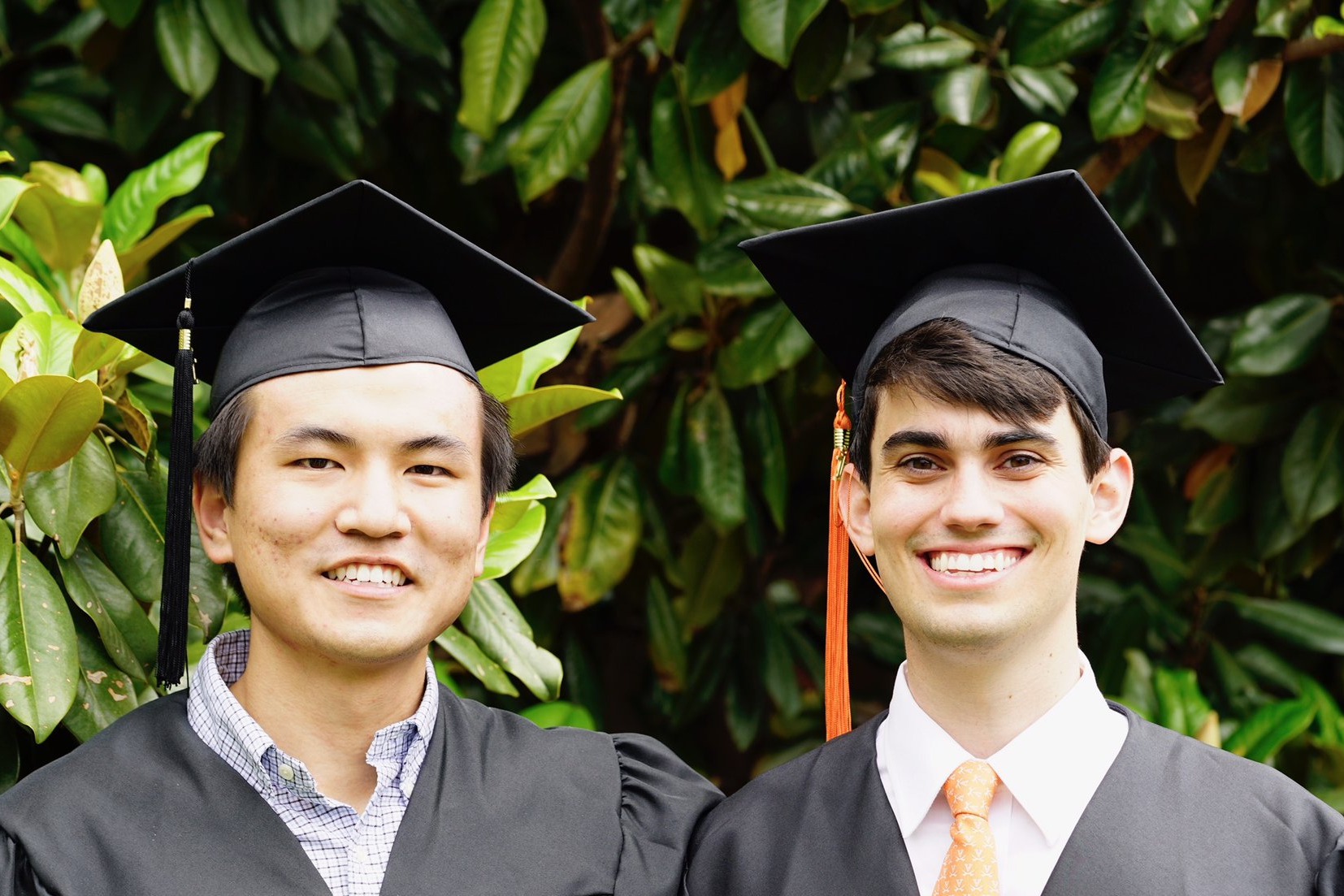Banner Image: © VTT Studio / Adobe Stock
January 22, 2023
At this rate, I am posting a blog post about once a decade… And even though I have said it before, this time is different! I will do a better job of documenting my journey.
Defending my PhD
In graduate school I was always shooting the alligator closest to the boat. Whether that was a short turnaround on an experiment for a grant resubmission or a presentation that I had to put together for an upcoming seminar or class. I, of course, had overarching goals but the day-to-day was unpredictable. For a time, I was able to thrive in this environment because I could squeeze a DIY project/video into unexpected lulls, but I could not find a rhythm.
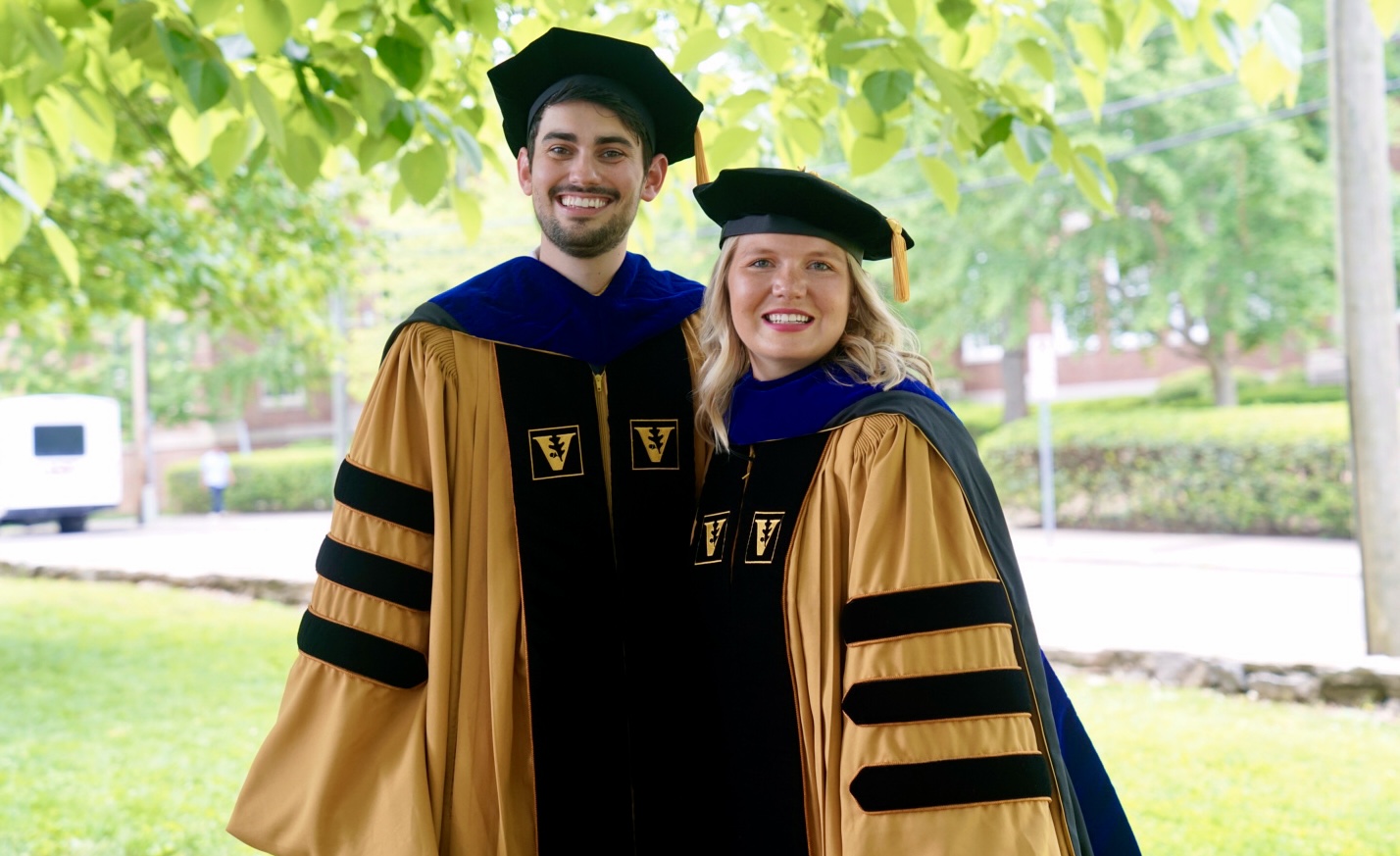
Last year around this time, I was finally able to close this hectic chapter on my life by defending my PhD. Well, kind of. One does not simply graduate from a PhD and move on, typically there is outstanding work that needs to be completed in the form of paper revisions. I was somewhat of a special case, where I was able to graduate without my main paper being submitted due to a unique opportunity at my University during the Spring 2022 semester – more on this in a second. During summer 2022, I had to submit my paper and respond to the reviewer’s comments with new experiments. My paper titled Nanoparticle STING Agonist Reprograms the Bone Marrow to an Anti-Tumor Phenotype and Protects Against Bone Destruction was officially published to Cancer Research Communications last week!! Check it out here.
With my 3D printing background, it surprises many that my dissertation research was focused on cancer immunology. As a Biomedical Engineer, I have always seen the body as an intricate machine and have been fascinated by biological programs that go awry (e.g., cancer). Cancer refers to many different types of diseases, some of which can be cured. I studied breast cancer metastasis to bone, which is not only terminal, but patients suffering from this disease experience a quickly deteriorating quality of life. While my most recent paper shows that a powerful therapy can slow the progress of cancer growth in the bone, ultimately the animal model still succumbed to the disease.
As I sit here reflecting on my efforts, it is difficult for me to put into words exactly how I feel. I am happy that I was able to contribute a new approach/therapy for treating bone metastases. But I am also humbled and somewhat frustrated by how difficult this microscopic problem is and wished that I could have made more progress.
As my research was shaping up to be an incremental contribution and not a transformative one, I had to sit back and assess what I wanted to do as a career. I could take my technical skills to a company, or I could continue to search for that transformative finding as postdoctoral scholar, which could ultimately lead to a tenure-track position at an R01 institution. During this time of uncertainty, I had the opportunity to co-teach an elective course at my university on Biofabrication. This course combined my love for biology with 3D printing. The class was well-received, but I was surprised by how few students really understood the workflow of 3D printing. I guess when you make YouTube videos about 3D printing and hangout on 3D printing discords, you start to think everyone is familiar with this technology.
Digital Fabrication
I performed a catalogue search to see if there were any classes offered at my university for those interested in 3D printing or even general prototyping. While there were several results, the courses were either more focused on the philosophy of design (stakeholders, user experience, etc.) or did not cover topics that I believed to be critical for 3D printing. I took a step back and asked myself when I 3D print a part for a YouTube video or personal project what knowledge do I rely on? Here is the list I came up with:
- Metrology – The ability to accurately collect measurements. It wastes time and material when a printed part comes out with the wrong dimensions. Even worse if the unit of measurements are mixed up (metric vs. inch), which is a mistake that can happen to the best of us.
- Computer Aided Design (CAD) – Perhaps, the most important skill is transforming an idea into a 3D model through CAD software such as Fusion 360 or SolidWorks. This digital data is what ultimately controls the 3D printer or CNC tool. Optimizing the CAD model to leverage the benefits of 3D printing and avoid the limitations (e.g., support material) is another important consideration.
- Material Selection – 3D printers can print a range of different plastics and composites. Selecting a material should be based on the application requirements. Plastics can be stiff, flexible, chemical resistant, and flame retardant. While high-strength plastics exist, they are not suitable for all mechanical applications and a metal may be needed.
- Machine Selection – Filament 3D printing is just one of the ever-growing portfolio of additive manufacturing technologies. Each technology is compatible with certain materials and able to reproduce features at different resolutions.
- Computer Aided Manufacturing (CAM) – In the 3D printing world, CAM is known as slicing, which is the process of converting a 3D object or mesh into data that drives the printer. While this process is largely automated, users do have the ability to tweak this process for improved print quality.
- Iteration – And finally, understanding how to assess prints and quickly improve on designs.
After making this list, I realized that this would require a series of classes or perhaps, even an entire program to cover this content. In academia, you don’t want to be the first to offer an unproven program as it can be difficult to convince administration, so I searched outside of my home institution and found the Bachelor of Science in Manufacturing & Design Engineering (MaDE) at Northwestern University. The MaDE program covers my list but also teaches traditional manufacturing in about 16 classes.
I brought my list to my PhD Advisor Dr. Scott Guelcher, who I co-taught the BioFabrication class with, and he agreed that our undergraduate students would benefit from and be interested in this content. I was still a graduate student at the time, so Dr. Guelcher did all the heavy lifting to get the ball rolling. The next thing I knew, I had the opportunity to teach my own class called “Rapid Prototyping” in Spring 2022 - the unique opportunity that I had mentioned earlier. The first offering of Rapid Prototyping focused on metrology, CAD, and filament printing. The class was oversubscribed with 45 students enrolled.
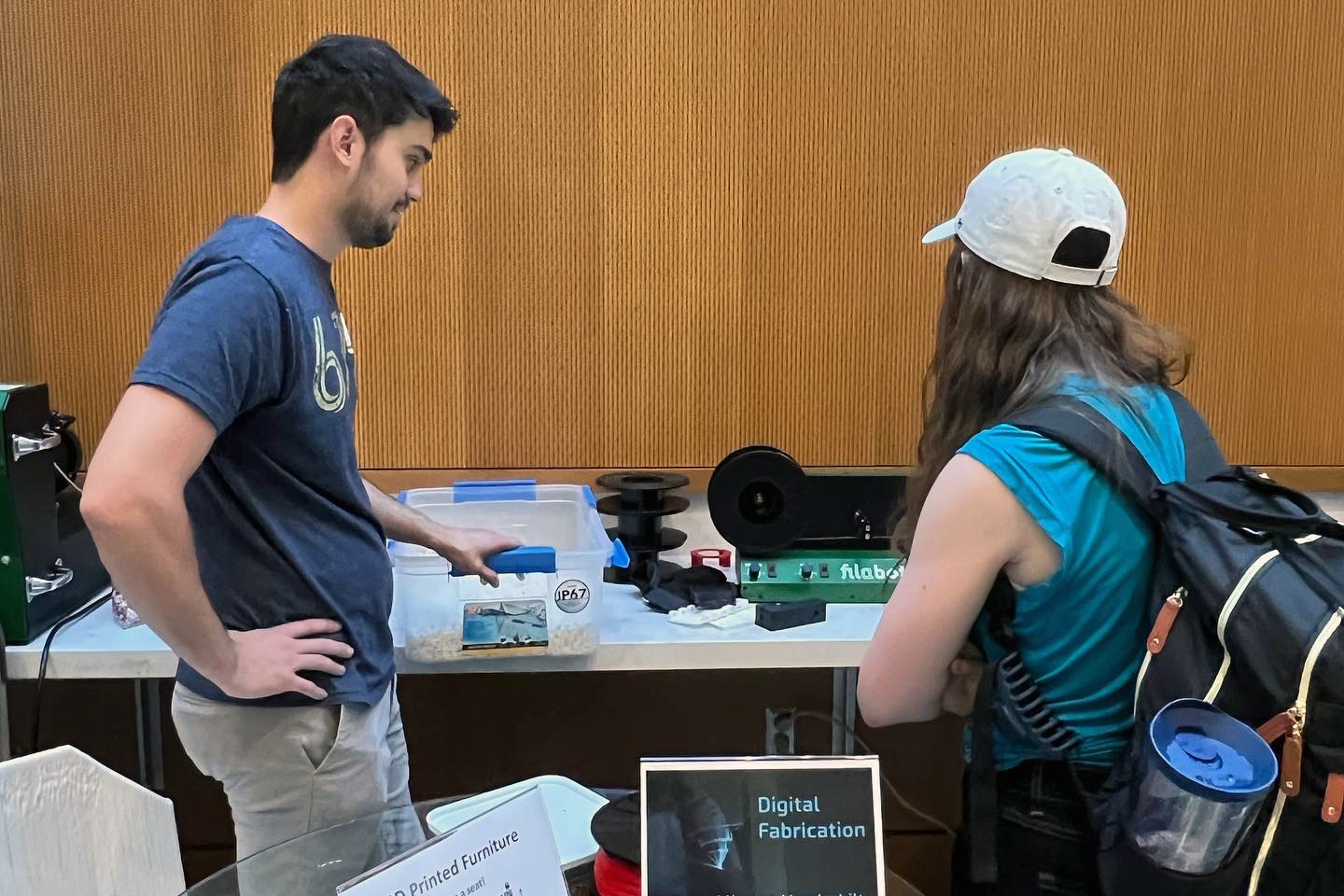
I am not going to lie and say that the class went perfectly. There was a steeper than expected learning curve for teaching a new course without a textbook, but I was able to pull from my YouTube experiences to provide real-world applications for the course’s content. This and the hands-on projects were enough to mostly cover up me fumbling around trying to figure out the best way to teach.
But college students are largely enigmas, and it was difficult for me to gauge how much they were enjoying the course. The moment of truth came during Fall 2022 enrollment, which occurs during the middle of the Spring 2022 semester. Was my Rapid Prototyping course just a novelty that would wear off or would it have staying power and attract another cohort of students?
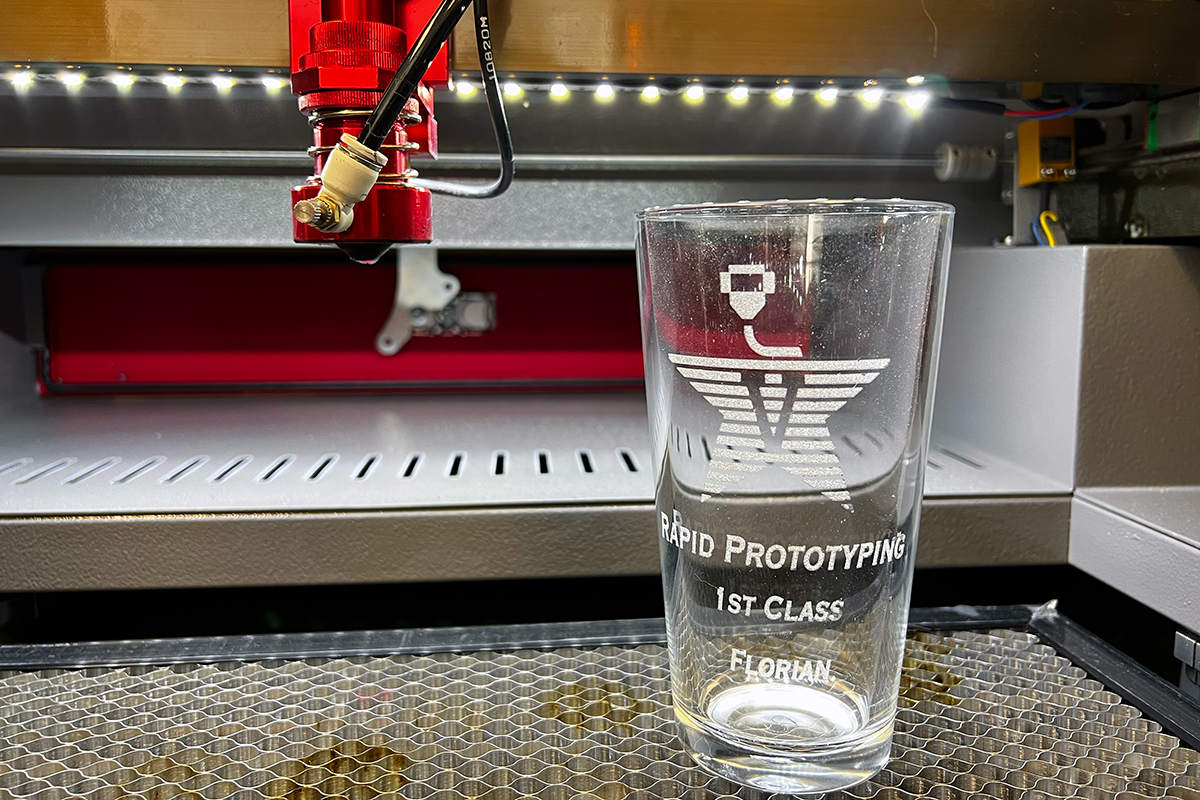
To my surprise within the first couple days of enrollment, the course filled with another 45 students. This was a sign to Dr. Guelcher and ultimately, the administration that there was significant interest in this content. While I enjoy introducing students to 3D printing, my true passion is exploring more advanced forms of additive manufacturing as can be seen with my SLS printer and Large Format 3D printer series. I was permitted to offer a follow up course in Fall 2022 in addition to my already filled Rapid Prototyping classes that would take a closer look at other forms of 3D printing and the materials that enable them. This class is called “Additive and Polymer-Based Manufacturing.” While polymers were the focus of the class since we have access to polymer SLS, resin, and inkjet printers, metals were also discussed.
While I was addressing reviewer comments to my manuscript over the summer of 2022, Dr. Guelcher was working behind the scenes to formalize these new classes and carve out an intellectual niche, where students could gain recognition for taking these Rapid Prototyping, Additive and Polymer-Based Manufacturing, and related classes. In August 2022, the Digital Fabrication minor was established.
Before the fall semester started, I was offered a 9-month appointment as an Assistant Professor of Practice in the Department of Chemical and Biomolecular Engineering. Compared to my other career options mentioned earlier, this position provides me with flexibility during the summer to work on YouTube videos and entrepreneurial ventures. With this amount of time, no project is too large for me to tackle! However, I do have tighten the screws on my YouTube financials as this needs to be a profitable venture for me during these three months. For this reason, I have started a membership program on my YouTube channel, and I am opening an online store for selling components for my Large Format 3D Printer design.
To recap, I finished my PhD, taught my first classes, published my manuscript, started a minor, and accepted a faculty position all in 2022. I am excited to see what awaits me in 2023 especially as I find a rhythm!
And with that, I will catch you in the next post.
Dr. D-Flo
July 25, 2020
May 5, 2019
September 15, 2017
May 20, 2017
